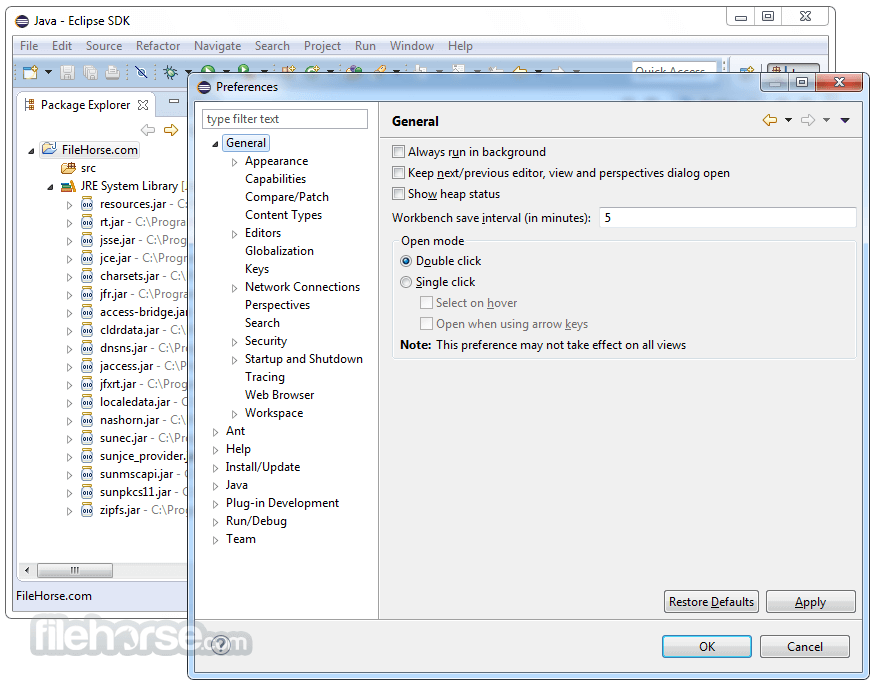

The only way to synchronize the two main branches is to merge them back together, resulting in an extra merge commit and two sets of commits that contain the same changes (the original ones, and the ones from your rebased branch).

Since rebasing results in brand new commits, Git will think that your main branch’s history has diverged from everybody else’s. All of the other developers are still working with the original main. The problem is that this only happened in your repository. The rebase moves all of the commits in main onto the tip of feature. The golden rule of git rebase is to never use it on public branches.įor example, think about what would happen if you rebased main onto your feature branch: Once you understand what rebasing is, the most important thing to learn is when not to do it. This is something that git merge simply cannot do. When you save and close the file, Git will perform the rebase according to your instructions, resulting in project history that looks like the following:Įliminating insignificant commits like this makes your feature’s history much easier to understand. To begin an interactive rebasing session, pass the i option to the git rebase command: Typically, this is used to clean up a messy history before merging a feature branch into main.

This is even more powerful than an automated rebase, since it offers complete control over the branch’s commit history. Interactive rebasing gives you the opportunity to alter commits as they are moved to the new branch. And, less importantly, rebasing loses the context provided by a merge commit-you can’t see when upstream changes were incorporated into the feature. If you don’t follow the Golden Rule of Rebasing, re-writing project history can be potentially catastrophic for your collaboration workflow. This makes it easier to navigate your project with commands like git log, git bisect, and gitk.īut, there are two trade-offs for this pristine commit history: safety and traceability. Second, as you can see in the above diagram, rebasing also results in a perfectly linear project history-you can follow the tip of feature all the way to the beginning of the project without any forks. First, it eliminates the unnecessary merge commits required by git merge. The major benefit of rebasing is that you get a much cleaner project history. But, instead of using a merge commit, rebasing re-writes the project history by creating brand new commits for each commit in the original branch. This moves the entire feature branch to begin on the tip of the main branch, effectively incorporating all of the new commits in main. The easiest option is to merge the main branch into the feature branch using something like the following: To incorporate the new commits into your feature branch, you have two options: merging or rebasing. Now, let’s say that the new commits in main are relevant to the feature that you’re working on. This results in a forked history, which should be familiar to anyone who has used Git as a collaboration tool.

Both of these commands are designed to integrate changes from one branch into another branch-they just do it in very different ways.Ĭonsider what happens when you start working on a new feature in a dedicated branch, then another team member updates the main branch with new commits. The first thing to understand about git rebase is that it solves the same problem as git merge. In this article, we’ll compare git rebase with the related git merge command and identify all of the potential opportunities to incorporate rebasing into the typical Git workflow. The git rebase command has a reputation for being magical Git hocus pocus that beginners should stay away from, but it can actually make life much easier for a development team when used with care.


 0 kommentar(er)
0 kommentar(er)
